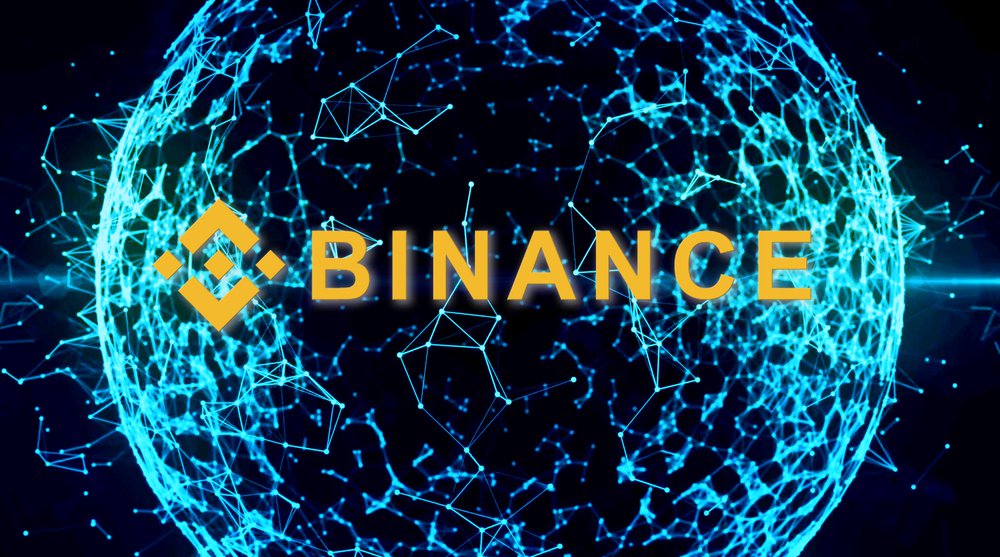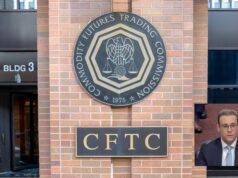Binance announced significant changes to its stablecoins offerings within the European Union, aligning itself proactively to the forthcoming Markets in Crypto-Assets Regulation (MiCA). As of June 30, 2024, non-compliant stablecoins will enter a “sell-only” phase. It allows users to transition to compliant assets such as Bitcoin, Ether, and regulated stablecoins. The regulatory shift aims to bolster investor protection and enhance the stability of the crypto market across the European Economic Area (EEA). By categorizing stablecoins into “regulated” and “unauthorized,” Binance sets a precedent for responsible governance in the rapidly evolving digital asset landscape.
Regulatory Compliance and Market Stability
Understanding MiCA
With the implementation of MiCA the European Union solidifies its attempt to bring transparency, security, and stability to the cryptocurrency market. Amongst other measures, it enacts stringent oversight of stablecoins and aims to bolster investor safeguards. Another key objective is the promotion of the Euro in digital transactions. MiCA will standardize the rules on how stablecoins can be issued and traded. Issuers must be registered Electronic Money Institutions (EMI) or credit institutions. The regulation will take full effect by the end of 2024.
Binance’s Compliance Strategy
Binance now outlined a phased approach to ensure compliance. Starting from June 30, 2024, any stablecoins that do not meet the standards set by MiCA will be restricted to “sell only” mode for Binance users in Europe. It means users can sell stablecoins that do not comply with the policy but they cannot buy them. The transition period gives users plenty of time to move their investments to other digital assets that comply with the regulations or change them to fiat currencies. Hence the effort should minimize market disruptions.
This strategic move affects several aspects of Binance’s platform, including peer-to-peer (P2P) trading, Binance OTC, the Web3 Wallet’s Earn section, and NFT purchases. By limiting these stablecoins, Binance aims to align with the regulatory requirements while maintaining the functionality and integrity of its services.
Broader Implications for the Market
Categorizing stablecoins into “regulated” and “unauthorized”, as Binance did, highlights the increasing importance of regulatory adherence in the cryptocurrency industry. While Binance’s approach ensures compliance with MiCA, it also helps to educate users on the regulatory status of their digital assets, especially stablecoins. The gradual transition allows everyone to adapt without causing significant market volatility.
MiCA is expected to have a substantial impact on the stablecoin market. Other leading cryptocurrency platforms, like Kraken and OKX, are making adjustments, too, to comply with the new regulations. This includes potential delistings of popular stablecoins like Tether’s USDT, as exchanges strive to meet the new legal standards.
Ensuring Market Stability
Binance’s proactive measures reflect a broader trend toward regulatory compliance within the cryptocurrency industry. As it sets a precedent for responsible governance, Binance contributes to a more stable and secure market environment. The exchange’s efforts to align with MiCA regulations show its commitment to transparency and investor protection, which are crucial for the long-term growth and acceptance of digital assets.
>>> Read more: Full Throttle On The Path To Crypto Regulation
The evolving landscape of the cryptocurrency market highlights the importance of frameworks such, as MiCA in creating a transparent environment. Binance’s effort to restrict non-compliant stablecoins and guide users towards regulated options represents a significant move towards realizing these objectives. Through a phased approach to these adjustments, Binance aims to facilitate a smooth transition to a compliant market for all parties concerned.
Binance’s move highlights the significance of adhering to regulations, serving as a benchmark for other exchanges. With the implementation of MiCA regulations, the European cryptocurrency market is on the brink of change offering increased stability and bolstering investor trust.
Readers’ frequently asked questions
What exactly is MiCA and how does it impact stablecoins?
MiCA (Markets in Crypto-Assets Regulation) is an EU framework that standardizes rules for crypto-assets, focusing on stability and investor protection. It requires stablecoin issuers to be authorized entities like EMIs. This regulation aims to prevent market abuses and safeguard investors by ensuring only compliant stablecoins are available in the EU.
How will Binance’s “sell-only” strategy for non-compliant stablecoins affect users?
Binance’s “sell-only” strategy under MiCA means users in the EEA can only sell, not buy, non-compliant stablecoins starting June 30, 2024. This approach helps users transition to compliant assets like Bitcoin, Ether, and regulated stablecoins smoothly, ensuring minimal market disruption.
What are the broader implications of MiCA for the cryptocurrency industry in Europe?
MiCA is expected to enhance investor confidence and market transparency by introducing stringent regulations. Crypto exchanges must comply with AML requirements and ensure customer fund security, fostering a safer market environment. This regulation positions the EU as a leader in crypto regulation, influencing global standards.
What Is In It For You? Action Items You Might Want to Consider
Review and Adjust Your Stablecoin Holdings
To ensure compliance with the upcoming MiCA regulations, it’s crucial to review your current stablecoin holdings. Identify any non-compliant stablecoins in your portfolio and consider transitioning to regulated alternatives like Bitcoin, Ether, or compliant stablecoins. This proactive step will help you avoid potential disruptions and align with the new regulatory environment starting June 30, 2024.
Stay Informed About Regulatory Changes
Keep abreast of the latest updates from Binance and other major exchanges regarding MiCA compliance. Regularly check announcements and updates to understand how these changes might affect your trading strategies and asset choices. Staying informed will enable you to make timely decisions and adapt to new regulations smoothly.
Diversify Your Asset Portfolio
Consider diversifying your portfolio beyond stablecoins to mitigate risks associated with regulatory changes. Invest in a mix of compliant digital assets, including Bitcoin, Ether, and other regulated cryptocurrencies. This strategy can help balance your risk exposure and take advantage of growth opportunities in the evolving crypto market.










